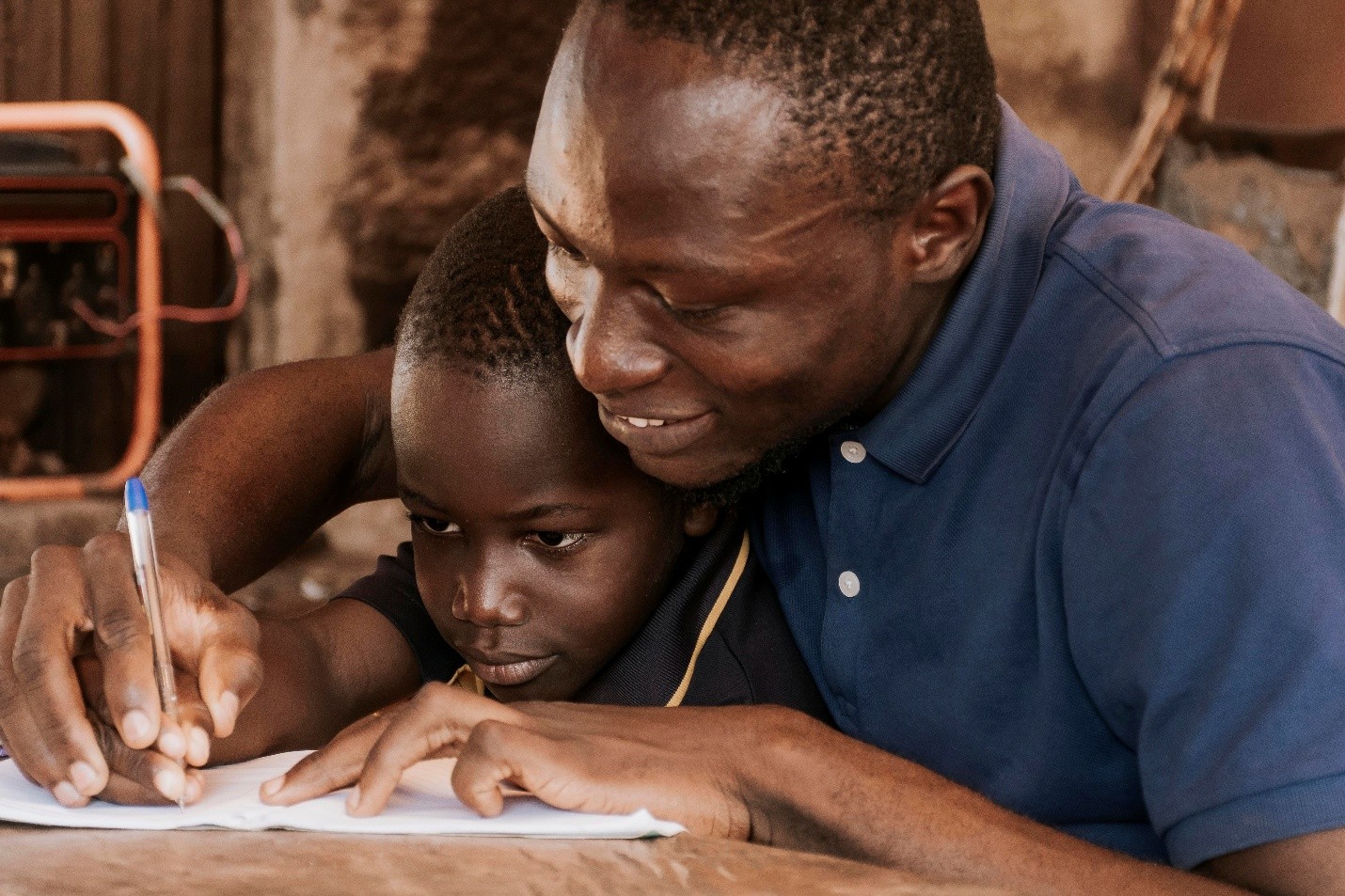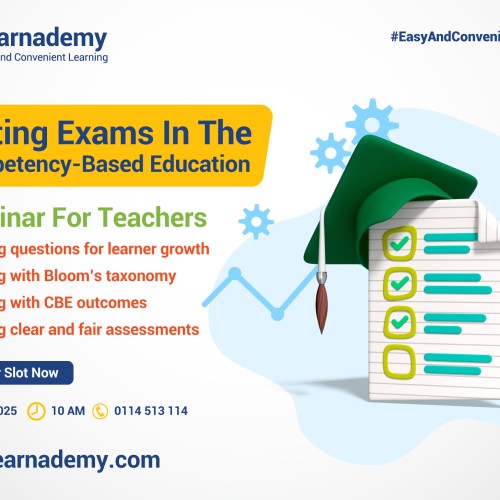-
Back
- Blog
- Browse Blogs
- Blog Post
- Get In Touch
-
Explore
- Sign up
- Login
Blog Inquiry

Navigating the Grade 10 Transition in Kenya: A Parent and Learner’s Guide to CBE Pathways
08 Aug 2025 NewsAcross Kenya, 1.2 million Grade 9 learners—the first cohort to be introduced to the Competency-Based Education (CBE) system—are standing at a crossroads. Their choices now will shape not just their futures, but the future of a nation eager to harness the potential of its youth.
This is more than just a transition—it’s an evolution in the Kenyan education system. The shift from the old 8-4-4 system to CBC, now CBE’s senior school model, is designed to nurture talent, not just test memory. But with this opportunity comes a weighty responsibility: selecting the right Grade 10 pathway. For parents, teachers, and learners alike, the process can feel overwhelming. Which subjects align with a child’s strengths? How does one navigate the new online selection portal? And what happens if a learner’s dream career doesn’t fit neatly into one track?
This guide isn’t just about policies and portals—it’s about people. It’s for a parent helping their child weigh Business Studies against Fine Arts; the principal ensuring his school offers the right subject combinations; and the student dreaming of a future in marine technology.
The Heart of CBE Kenya: Purpose Behind the Pathways
The 8-4-4 system, though once radical, had its flaws—overcrowded classrooms, exam-centric learning, and graduates who were badly prepared for the real world. CBE was born from a simple but fundamental idea: education should equip learners with skills, not just certificates.
At the core of this vision are the three Grade 10 pathways:
- STEM (Science, Technology, Engineering, and Mathematics) – For the innovators, the problem-solvers, the future engineers and doctors.
- Social Sciences – For the thinkers, the leaders, the storytellers shaping Kenya’s cultural and civic landscape.
- Arts and Sports Science – For the creatives, the athletes, the performers, turning passion into profession.
Compulsory Subjects and What Learners Can’t Opt Out Of
Regardless of which Grade 10 pathway a learner chooses, some subjects remain common. They include English, Kiswahili, or Kenya Sign Language (KSL), Mathematics, and Community Service Learning (CSL).
CSL, in particular, has quietly become one of the most transformative aspects of CBE. In schools, learners have participated in environmental conservation activities, such as tree planting and waste management, and have even taught digital skills to community members, proving themselves competent.
Inside the Grade 10 Pathway Selection Portal: What Parents and Teachers Must Know
The Ministry of Education’s online portal (selection.education.go.ke) is the gateway to a learner’s future. Here’s how it works in real life:
- Logging In: Schools use their NEMIS UIC credentials (with a pilot verification code of *54321*).
- Updating Profiles: Teachers confirm each learner’s details, including special needs (if any).
- Pathway Selection: Only one primary pathway per learner—STEM, Social Sciences, or Arts & Sports.
- Subject Combinations: Three choices per learner, each linked to four schools (totaling 12 selections).
Making Sense of Subject Combinations: The Real Power of Choice
The beauty of CBE lies in its flexibility. A student with a passion for agriculture can pair it with Computer Studies under the STEM pathway. Another, drawn to Swahili poetry, might combine Fasihi ya Kiswahili with History under Social Sciences.
Consider these real-life scenarios:
- The Tech Enthusiast: Advanced Mathematics + Computer Studies + Physics (STEM – Pure Sciences).
- The Changemaker: Business Studies + History & Citizenship + Geography (Social Sciences).
- The Performer: Music & Dance + Theatre & Film + Fine Arts (Arts & Sports).
The STEM Pathway in Focus: Fueling Kenya’s Digital Dreams
Kenya’s ambition to be Africa’s tech hub pivots on this Grade 10 pathway. From coding to robotics, learners in STEM–Technical Studies can explore Aviation, Marine Technology, or Media Technology.
Arts, Sports, and Storytelling: Kenya’s Soft Power Pathway
For too long, arts and sports were seen as “backup plans.” With global platforms like Netflix and international sports scouts eyeing Kenyan talent, this pathway is a launchpad.
Social Sciences: Building Thought Leaders and Policy Shapers
From climate activists to business strategists, this track molds Kenya’s next generation of leaders. A student might blend CRE, Geography, and Literature—a combination perfect for future diplomats.
Learners with Special Needs: Inclusion, Not Isolation
The portal enables learners with disabilities to select schools that are tailored to their specific needs. It provides detailed information on schools with accessibility features such as Braille resources, wheelchair access, and specialized staff training, allowing families to make informed decisions that align with their children's educational requirements.
Schools must now ensure they can deliver. Triple Pathway Schools (offering all three tracks) are the gold standard, but Dual Pathway Schools (STEM + one other) are also practical.









